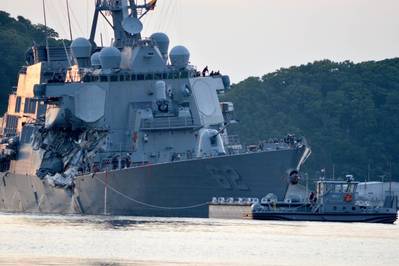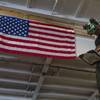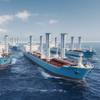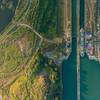Two crashes in the Asia Pacific region involving U.S. Navy warships and commercial vessels this year were caused by preventable errors by the sailors on board the ships, according to the results of Navy investigations released on Wednesday.
The accidents, in which 17 sailors were killed, raised questions about Navy training and the pace of operations, prompted a Congressional hearing and the removal of a number of officers.
“Both of these accidents were preventable and the respective investigations found multiple failures by watch standers that contributed to the incidents,” Chief of Naval Operations Admiral John Richardson said.
The report found that no single person could be blamed for the accidents, but broadly the crews were underprepared, there was ineffective command and control, and a lack of training.
The guided missile destroyer Fitzgerald almost sank off the coast of Japan after colliding with a Philippine container ship on June 17. The bodies of seven U.S. sailors were found in a flooded berthing area after that collision.
The Navy report found that there were a number of small errors that eventually led to the ship’s crew not following standard naval procedures.
“Specifically, Fitzgerald’s watch teams disregarded established norms of basic contact management and, more importantly, leadership failed to adhere to well-established protocols put in place to prevent collisions,” the report said.
In a separate incident in August, 10 sailors were killed when the guided missile destroyer John S. McCain collided with an oil tanker.
The incident was caused by “complacency, over-confidence and lack of procedural compliance,” the report said.
It found that a major factor in the collision was the sailors not having enough of an understanding about the ship’s control console.
There had been a loss of situational awareness by the crew and they failed to follow nautical procedures as well, the investigation found.
The Navy has dismissed a number of officers, including the commander of the Seventh Fleet, as a result of the collisions involving its warships in Asia.
Navy officials say some changes have been made since the crashes. Now, Navy vessels are required to turn on their identification system in busy sea lanes, something that was not mandatory previously.
Richardson, the chief of naval operations, is expected to brief reporters at the Pentagon on Thursday on a broader review that was prompted by the crashes.
A U.S. official, speaking on the condition of anonymity, said the review would call for a number of changes in the fleet, including training and safety protocols to deal with the systemic issues that have been highlighted by the crashes.
“It’s clear that the issues aren’t limited to just two ships. It’s far broader and we have got to change,” the official said.
Senior Navy leaders briefed lawmakers on the finding on Tuesday.
(Reporting by Idrees Ali; Editing by Phil Berlowitz and Susan Thomas)












